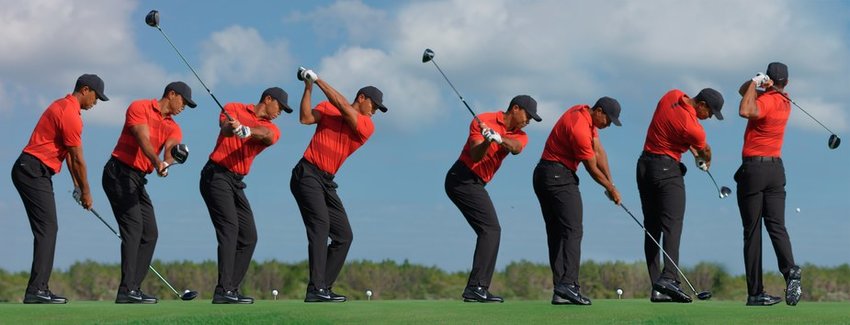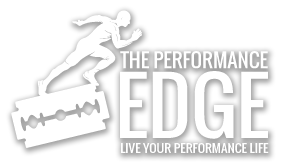Breaking Down Power in the Golf Swing Part 1

GOLF POWER
Breaking Down Power in the Golf Swing
Power! When it comes to golf, power is king. We all want it. When we hear people chirp chippy little sayings like, “drive for show, put for dough”, we agree. Mostly as an excuse or a means to let ourselves off the hook, but secretly, deep down, power is the thing we covet most.
Power is the number one reason golfers take to the gym. Who doesn’t want to drive the ball farther, and to accomplish that we need to smack the hell out of that little white sphere. Power is the order of the day. It is by far the most popular reason I hear when someone comes looking for a “golf fitness” program. After 2 1/2 decades as a fitness professional I can attest that the majority of the general public is totally confused about what constitutes fitness, so it’s no wonder that “golf fitness” is somewhat ambiguous. By the time we get to something as specific as power development in the golf swing, is it any wonder people are totally lost?
So let’s shed some light on this shall we? Power is actually a specific term that comes from physics. FxV=P. Force times Velocity equals Power. Force is the ability to perform work. In calculus terms, power is the derivative of work with respect to time. If work is done faster, power is higher. If work is done slower, power is smaller.
Since work is force times displacement (W=FxD), and velocity is displacement over time (v=d/t), power equals force times velocity: P = FxV. More power is seen when the system is both strong in force and fast in velocity.
In layman’s terms, power is the ability to apply a force, to overcome a resistance, in this case a golf swing, as quickly as possible.
In a recent meeting I attended with a handful of top industry experts, I posed the question regarding a lot of popular implements designed to improve swing speed (ie. increase the velocity portion of the equation). Over-speed training as it’s called, is not new. It’s protocols are common in sports like track and baseball. My question was, did the golf experts agree that to increase velocity you would also need to, for many practical purposes, increase force/work production?
As a strength and performance coach we are always developing athletes along continuums. Being strong is a precursor to being powerful. Its not only quite impossible to be powerful without being strong, but trying to move explosively or rapidly without an underlying foundation of strength greatly increases the likelihood of injury.
It was agreed among the panel that even the mighty golf swing must adhere to the principles of physics regarding velocity (club head speed), which is a result of power, which is a result of the ability to produce force, which is a result of strength. It was roundly agreed that the best way to improve club head speed is to increase strength, then power.
Which brings us right back to where we started. What is golf fitness and how can we achieve the elusive power we seek? My personal definition of fitness has evolved over 25 plus years. It’s varied greatly at times, depending on my interests and pursuits. To date the best definition I can provide for fitness is this. Fitness is a state of readiness. Ready for what? In the case of golf, going to a gym and performing the same exercise routines that 85% of the general public does, (bodybuilding-esque) prepares you for something, but certainly not golf.
There are 4 major power sources in the golf swing. Vertical thrust power, Rotational power, wrist release power and opposite side power. The best golfers in the world are able to connect all four power sources into one continuous dynamic movement that is the golf swing. The way these elements come together (timing/sequence) is referred to as the kinematic sequence.
Individually, each power source must have the requisite underpinnings of strength. Then each source must be linked precisely and sequentially together, the culmination of timing, tempo, balance and force, to create a maximum concert of violence and efficiency that is the golf swing.
Part 2 of the article will address the number one power source and its vital role in bringing clarity to what is golf fitness, and how to produce power in the golf swing.
Coach Don Stanley is a TPI Certified Fitness, Medical, Juniors and Power Certified Professional. Don is a professional strength and performance coach and licensed manual therapist.
https://www.mytpi.com/experts/theperformanceedge@yahoo.com

